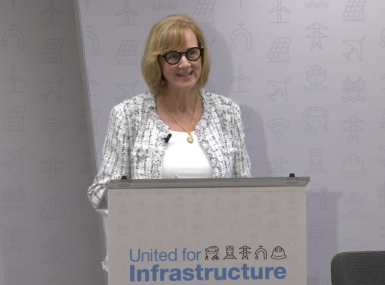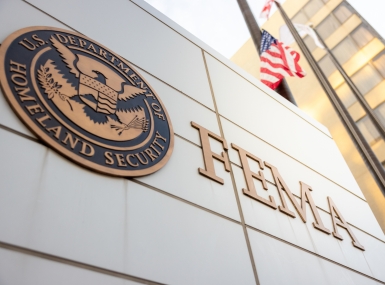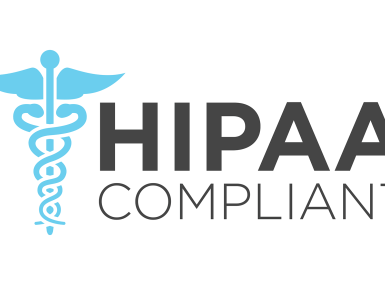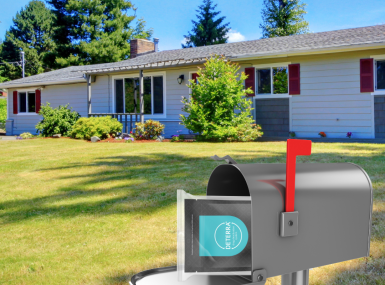How to Track and Manage Your County’s COVID-19 Cost Recovery
Upcoming Events
Related News

From Our Partners
This post is sponsored by our partners at Hagerty Consulting.
As counties continue to respond to COVID-19 and distribute vaccines, keeping up with federal funding opportunities and shifting eligibility requirements can be daunting to navigate. To date, nearly $3 trillion dollars has been made available by various federal government agencies to assist state and local governments in their ongoing response to and recovery from COVID-19.
Notably, last December, Congress extended the deadline for recipients to expend Coronavirus Relief Fund (CRF) allocations. Eligible expenses can now be incurred from March 1, 2020 through December 31, 2021. Expenditures already allocated to CRF in 2020 can be reallocated to other eligible funding sources (e.g., FEMA Public Assistance) so that CRF dollars can then be used for other flexible programs, such as: economic development and business interruption grants; eligible infrastructure improvement and transmission mitigation measures; and even to reimburse county straight time labor costs for eligible employees.
Additionally, with the new Administration, the federal strategy for COVID-19 response and recovery continues to evolve. In addition to the American Rescue Plan, the Biden Administration recently released its National Strategy for the COVID-19 Pandemic, which includes seven major goals. From a cost recovery perspective, several key initiatives stand out for local governments to be aware of:
- Increased federal cost share under the FEMA Public Assistance (PA) program from 75% to 100% for COVID-19 eligible costs;
- Comprehensive cost recovery strategies including the Emergency Rental Assistance Program (ERAP) and Department of Education program funding; and,
- Potential new COVID-19 funding streams for state and local governments.
Increased federal cost share under the FEMA PA program for COVID-19 eligible costs
The unprecedented nature of the COVID-19 pandemic has led to constantly evolving FEMA Public Assistance (PA) policies and procedures. Typically, under a major disaster declaration, the federal cost share is 75% whereas the state responsibility is 25%. Given the fiscal constraints at the state and local level associated with the ongoing COVID-19 response and recovery, on January 21, 2021 President Biden signed an Executive Order increasing the FEMA PA federal cost share – for certain COVID-19 eligible costs – to 100% through September 30, 2021. Subsequently, on February 2, 2021, President Biden issued another Executive Order directing retroactive FEMA PA reimbursements and expanding eligibility for certain COVID-19 eligible costs.
On February 17, 2021, in accordance with recent Biden Administration directives, FEMA announced that the Agency will be retroactively reimbursing states fully (100%) for eligible emergency protective measures such as certain personal protective equipment (e.g., masks and gloves), emergency feeding, sheltering at-risk populations and mobilization of the National Guard. These reimbursements will be backdated to the beginning of the ongoing major disaster incident period for COVID-19, which began on January 20, 2020. Previously awarded COVID-19 related FEMA PA projects will automatically be adjusted and reimbursed by FEMA, whereas those not yet awarded will be processed with 100% federal funding through September 31, 2021.
The Emergency Rental Assistance Program (ERAP) and the Education Stabilization Fund
Last December, Congress approved a $25 billion Emergency Rental Assistance Program to aid households that are unable to pay rent or utilities due to the ongoing impacts of COVID-19. Counties with more than 200,000 residents will receive direct allocations. This is a "use it or lose it" program with outstanding funds being reallocated to other recipients starting in September 2021.
Additionally, almost $82 billion in additional federal funding has been approved through the U.S. Department of Education to assist K-12 and higher education programs as they continue to adapt and respond to the ongoing pandemic.
Potential new COVID-19 funding streams for states and local governments
Through the American Rescue Plan, an additional $350 billion could be allocated to state and local governments. As proposed, this funding stream would be administered by the U.S. Department of Treasury, with counties with populations of over 500,000 receiving a direct allocation from the Treasury; conversely, counties with populations under 500,000 would receive allocations through their respective State. Counties could then these funds to respond to or mitigate the ongoing public health emergency or its economic impacts.
Tips to Proactively Manage Your Cost Recovery
In addition to being knowledgeable about these ongoing federal efforts, there are tangible steps you can take in your community now to set up for a more successful cost recovery in the future. As with many recovery efforts, tracking all costs and procedures related to COVID-19 response and recovery is critical and, more specifically, we recommend the following:
- Track all COVID-19 related costs. Establish dedicated codes in your financial management or reporting systems to distinctly track different COVID-19 related costs. For example, track vaccination related costs separately from other COVID-19 response and planning costs Additionally, record and save all documentation, invoices, proofs of payments, procurement methodologies, etc.
- Initiate the FEMA PA process. If you have not yet pursued FEMA PA funding in response to COVID-19, submit your “Request for Public Assistance” (RPA) to become an eligible applicant. There is no required commitment to submit a grant or funding request.
- Identify and activate subject matter expertise as well as staff augmentation. As illustrated above, federal recovery programs are complex and constantly changing; meanwhile, you (and your existing staff) already have a full-time job responding to the ongoing event(s). Moreover, FEMA PA and many other funding programs provide funding for costs related to management and administration of grants.
As new federal programs and policy changes continue to be announced almost daily, county officials and administrators have many factors and priorities to consider; however, planning for and organizing your county’s cost recovery now will help prevent the need to untangle information after the fact, increase your chances of federal reimbursement and prepare you for any future audits you may face.
Post Sponsor

Related News

Counties talk about tax-exempt municipal bonds during 2025 Infrastructure Week
On May 13, during the 13th Annual Infrastructure Week, NACo hosted a working group discussion titled “The Case for Tax-Exempt Municipal Bonds” with Commissioner Eileen Higgins of Miami-Dade County, Fla.

House draft bill text proposes FEMA reform package with major wins for counties
This week, the U.S. House Transportation and Infrastructure Committee’s Economic Development, Public Buildings and Emergency Management Subcommittee released draft bill text for a sweeping Federal Emergency Management Agency (FEMA) reform package aimed at improving disaster response, streamlining aid and increasing local flexibility—reflecting many long-standing county priorities.

County Countdown – May 6, 2025
Every other week, NACo's County Countdown reviews top federal policy advocacy items with an eye towards counties and the intergovernmental partnership. This week features

















